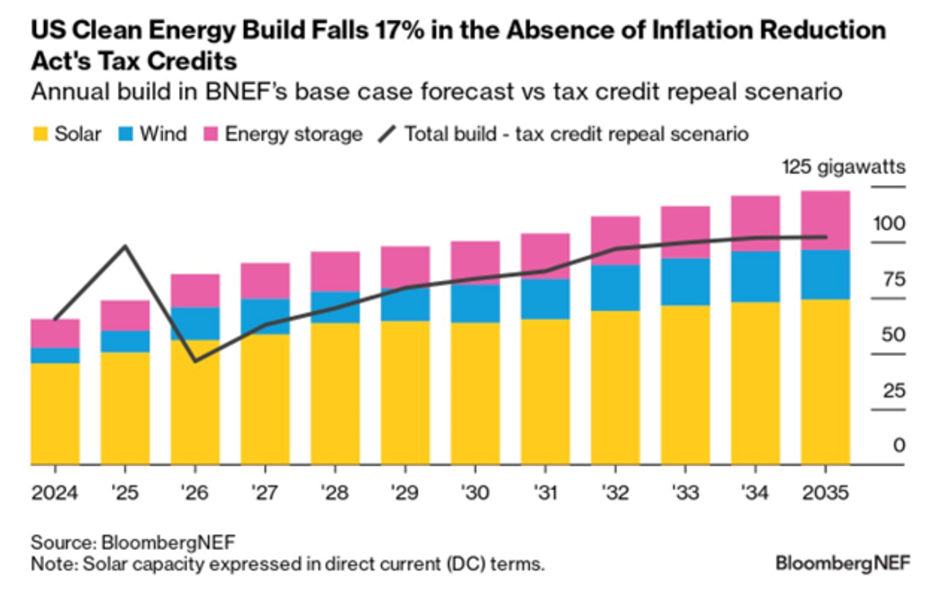Nature: An Effective Risk Manager
- Gabriel Thoumi

- 2024年8月7日
- 讀畢需時 3 分鐘

A recent study published by researchers at the University of Massachusetts Amherst on the economic effectiveness of nature-based solutions (NbS) for natural disaster risk management shows that NbS are overall an economically effective form of risk management.
NbS are ecosystem interventions centered around conservation, preservation, and/or restoration which promote ecosystem resilience, biodiversity, and strength against the effects of climate change.
NbS can be utilized to improve disaster risk reduction (DRR) and climate change adaptation (CAA). In contrast to engineering-based solutions for natural risk management, NbS works within the existing ecosystems and rely on nature’s inherent resilience and adaptive capacity to address both environmental and societal challenges.
A typical example of this difference is restoring coastal wetlands to mitigate flood risk versus constructing a seawall. NbS not only reduces disaster risks but also enhance biodiversity, improve water and air quality, and provide socio-economic benefits to local communities. As climate change intensifies the frequency and severity of natural disasters, NbS are increasingly being cited as an important measure for DRR.
Although recognized as a beneficial environmental solution by many international agreements, little has been published on the cost-efficiency and compared outcomes of NbS. The study reviews the cost-effectiveness of NbS for DRR and CCA through an evaluation of over 20,000 articles, with comparisons to engineering-based solutions and considerations of geographic location, project financing, and cost-effectiveness measurement methodology for each observation of NbS.
The authors find that NbS are consistently cost-effective in reducing disaster risks.
65% of the reviewed studies found NbS to always be more effective than traditional engineering solutions, and 24% found them to be partially more effective. No study concluded that engineered solutions were more effective than NbS.
The interventions most frequently found to be effective were mangroves (80 %), forests (77 %), and coastal ecosystems (73 %). The authors also cross-examined the geolocations of NbS occurrences with predicted medium-term (2041-2060) mean temperature change and Standardized Precipitation Change Index.

Locations of NbS observations and cost-effectiveness and distribution by ecosystem type and continent. Source: Vicarelli et al.

Locations of NbS observations and projected mean temperature change (2041-2060). Source: Vicarelli et al. And Gutiérrez et al.

Locations of NbS observations and projected Standardized Precipitation Index change (2041-2060). Source: Vicarelli et al. And Gutiérrez et al.
Implications
The study’s authors also recognize the impact of funding on the capacity and effectiveness of NbS projects. The current review finds that the majority of NbS projects have been financed publicly, even when the interventions are carried out on private property.
However, the scale and complexity of nature-based solutions increasingly demands a blend of public and private financing. While public funds are crucial for foundational research, policy development, and supporting early-stage projects, the vast financial resources needed for large-scale implementation and long-term maintenance often exceed government budgets.
Private capital brings not only substantial funds but also innovative financial instruments and risk management expertise. Moreover, the potential for financial returns from successful NbS projects can incentivize private investors, creating a sustainable funding model. Marta Vicarelli, the study’s lead author, says that "A transformative upscaling of nature-based solutions requires both public and private financing. The next step is developing innovative nature-based insurance and investment solutions.” This collaborative approach maximizes the impact of NbS in addressing global challenges like climate change and biodiversity loss.
As the intensity of natural disaster events only continues to grow stronger, more frequent, and longer in duration as climate change continues to worsen, utilizing natural ecosystem services to help mitigate the damages of these disasters is a cost-effective way of protecting global infrastructure.

In the United States alone, the annual frequency of Billion Dollar Weather and Climate Disasters (CPI-adjusted) has grown astronomically year over year, requiring “an increased need to focus on where we build, how we build, and investing in infrastructure updates that are designed for a 21st-century climate.”









留言